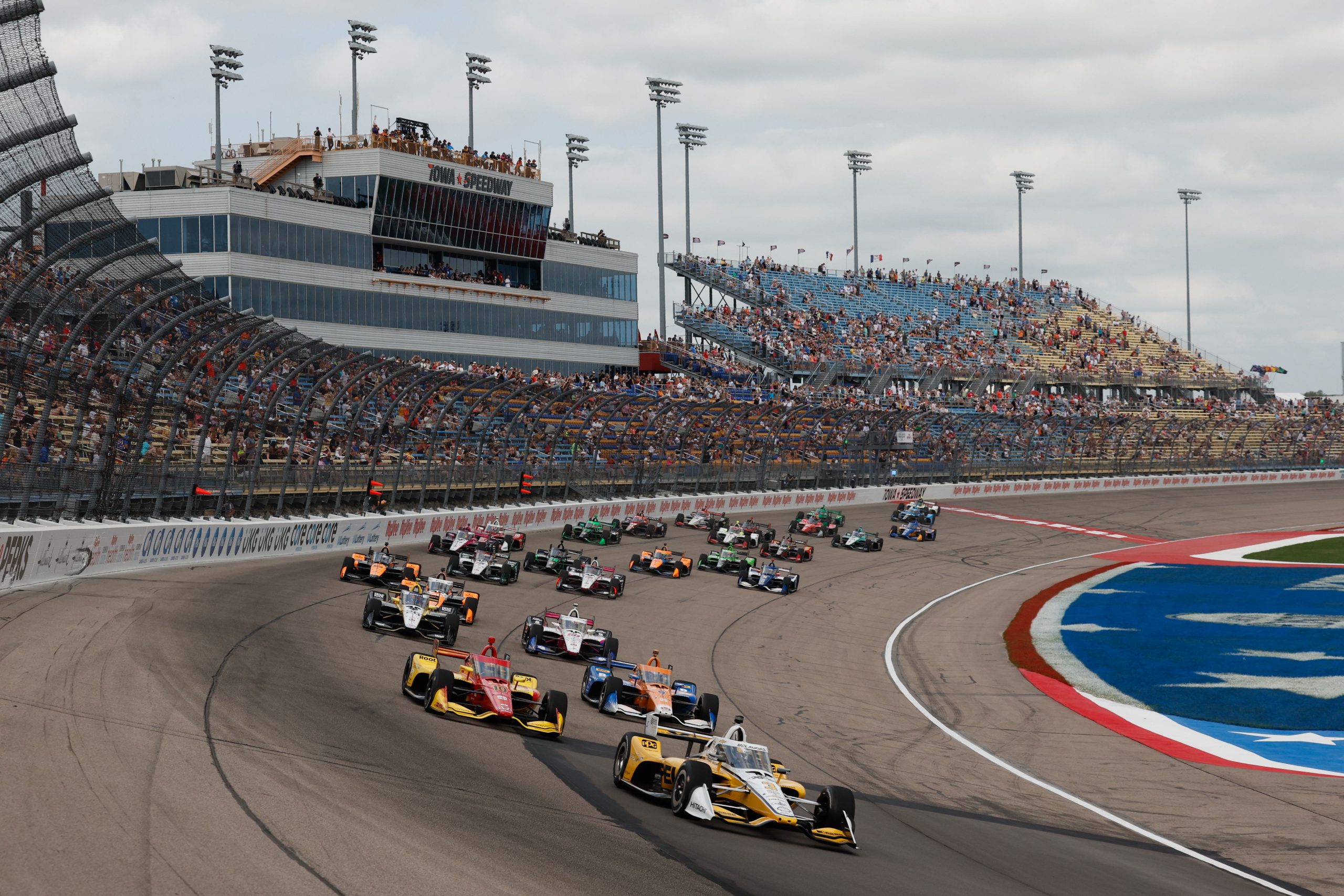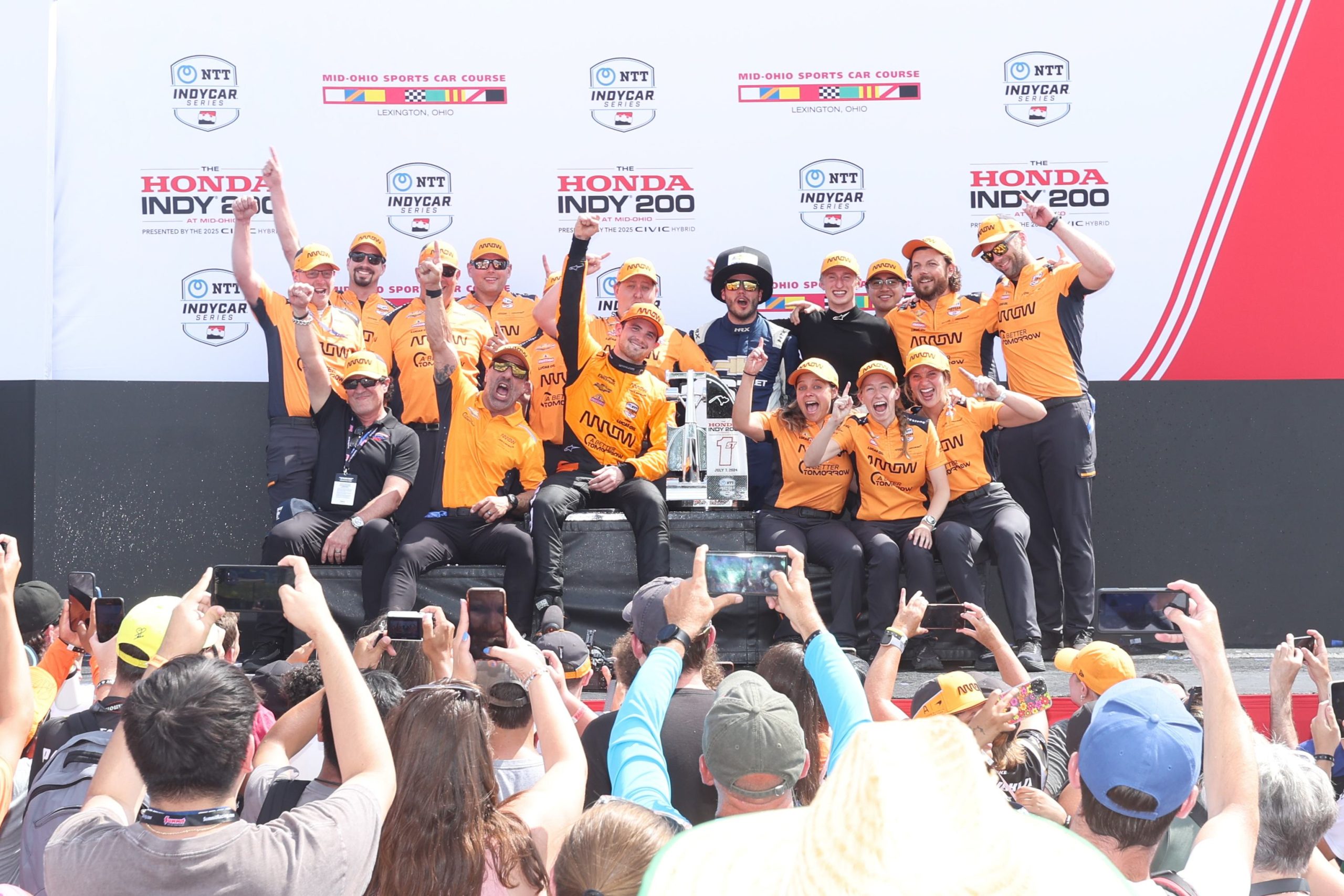IndyCar Team Expenses: Unveiling the Costs


Ever wondered about running a successful IndyCar team? Let’s look into the costs involved. We’ll find out what managing a team means money-wise and explore the financial side of team ownership in the IndyCar world.
Running an IndyCar team takes a lot of money. You have to think about costs for maintaining the engines and overall operations. This includes careful planning and managing a budget. But what’s the real price of running an IndyCar team?
How do these costs stack up against other racing series? And what financial issues do team owners face? This article will cover the financial setup of IndyCar teams. We’ll dig into the costs of having a team.
We’ll also look at how IndyCar regulates costs compared to series like Formula One and NASCAR. By the end, you’ll understand the money side of owning an IndyCar team. And how cost differences affect the world of racing.
Table of Contents
The Financial Structure of IndyCar Teams
IndyCar teams stick to a set budget, thanks to rules on spending. This setup helps them keep costs in check and not overspend. Tightly managing the money side promotes steady growth for the teams.
IndyCar thrives on a muscle car aesthetic within its technical specifications, with IndyCar.com detailing the specifics. It does this by having just two groups make engines and one make the main car frame. This helps keep a lid on how much is spent on building and designing parts. It lets teams spend their money wisely.
Each IndyCar is a multi-million dollar investment, costing from $7 to $11 million. These costs cover creating a vehicle that’s sleek, fast, and smart in how it races. Funding for a team needs careful planning and smart money moves. Teams depend on finding sponsors and chances to invest to keep running.
IndyCar teams must be savvy with their budgets and money moves. They get clear numbers to work with and limited choices when picking engines and car frames. This makes their financial choices easier and yet still challenging.
Comparing IndyCar and Formula One Costs
The financial sides of IndyCar and Formula One are very different. Both need big money, but they spend it in their ways.
IndyCar uses the same parts for all teams, which cuts down costs. This makes the races fairer and teams can spend on better drivers and strategies. It’s also more stable financially for the teams in the long run.
Formula One is another story. Each team builds its own cars, which makes it very expensive. They focus a lot on creating new technologies. It’s all about keeping up with the latest.
IndyCar helps teams stay on budget by using the same parts. But in Formula One, managing costs is all about how you design your car and what new tech you bring.
The Impacts of Cost Differences in Racing
The cost gap between IndyCar and other racing series, like Formula One, is big. IndyCar’s rules help keep costs down. This makes the competition more equal among teams. It also draws more fans to the sport. In contrast, Formula One’s and other series’ high costs keep some teams out. Smaller teams struggle to keep up because of this.
Financial Outlay for an IndyCar Racing Team
To run an Indy Car team, you need to plan your money wisely. You have to think about many costs like:
- The car costs from $7 million to $11 million. You also pay for things like better aerodynamics.
- Teams need special tools and parts which adds to their costs.
- Things like travel, fuel, and tire changes can also be expensive. Maintaining the car throughout the season is a significant cost too.
- The team’s people, like the drivers and mechanics, get paid. These salaries are another big part of the budget.
For smaller teams, finding money to race is tough. They need sponsors and strong partnerships. Sponsors help pay the bills. They also help teams buy what they need to stay competitive.
Competitive Parity and Attracting a Broad Audience
IndyCar’s efforts for a level playing field have positive effects. By making things equal and saving money, they keep the sport fair. This way, success comes from skill, not just money. It helps every team try their best.
IndyCar’s money rules make the sport more fun to watch. More even games and more teams in the fight mean more fans. IndyCar is more affordable and interesting compared to other expensive sports.
Limitations Faced by Other Racing Series
Formula One works differently, though. Teams make their own cars, which costs a lot. Top teams might spend over $400 million a year. This creates a big gap between those big and small in the sport.
The high cost of Formula One and similar sports keeps some out. Not everyone can afford to play, which makes the game less exciting.
NASCAR also needs a lot of money to run. Cars, engines, and the team’s operations can cost millions per race.
| Racing Series | Average Team Financial Outlay |
|---|---|
| IndyCar | $7 million – $11 million |
| Formula One | $400 million+ |
| NASCAR | Varies, but costs often in the millions per race |
In the end, money greatly affects racing. IndyCar keeps things fair, attracting fans. Yet, F1 and NASCAR’s high costs keep some teams out. This lessens their chances in the race.
The Financial Realities of NASCAR Teams
NASCAR teams have a lot of financial challenges. They need to pay for entry fees, car parts, and day-to-day costs. Let’s dive into how NASCAR teams manage their money.
NASCAR Team Expenses
There are many costs for NASCAR teams. To enter a race, they might need to pay $30,000 to $50,000. This fee is for administrative needs and lets them join the race.
The cars themselves are a big ticket item. A typical NASCAR car costs between $125,000 and $225,000. This price includes the car’s frame, its design for speed, and its engine.
Teams also face high operational expenses. These include salaries, traveling, fuel, and tires. Operational costs can hit several hundred thousand dollars each year.
Managing NASCAR Team Costs
Managing money well is key for NASCAR teams. They should plan out every cost for the season. This includes entry fees, car care, and everyday needs.
Getting sponsors is also essential. Sponsors can give money, products, and promote the team. This support can help teams deal with their costs.
Good money management and strong sponsorships are critical. They help NASCAR teams stay competitive and do well in the tough world of racing.
| Expense Category | Estimated Cost |
|---|---|
| Entry Fees | $30,000 – $50,000 per race |
| Car Development and Maintenance | $125,000 – $225,000 per car |
| Operational Costs | Several hundred thousand dollars per year |
The Financial Challenges of Owning a Racing Team
Owning a racing team is not just about the glory. There are huge financial hurdles to overcome. These include costs for parts, entry fees, fuel, and tires. The money needed to run a team is a lot.
Racing teams must work hard to stay ahead and win. They do this by finding sponsors and spending money smartly. Sponsors help with money and make the team more known and respected. Using money well means the team can be smarter about its spending.
Bigger teams often overpower smaller ones with their money. A lack of funds makes it hard for small teams to get the best technology, equipment, and people. This can make it hard for smaller teams to do as well in races.
Keeping track of money is a must for racing team owners. They must watch costs like travel and staff pay. Without a good financial plan, the team might have to stop racing.
To fund a racing team, knowing the financial side of the sport is key. This means finding good partners, getting sponsors, and sometimes, investing. With different money sources and smart money moves, team owners can meet the financial challenges ahead.
Running a team means dealing with many money issues. This includes handling contracts and getting good deals with sponsors. It’s a tough job keeping the team’s finances in line.
In conclusion, being a racing team owner is hard work, especially when it comes to money. But with the right plans, securing sponsors, and managing spending well, teams can do great. It’s all about knowing how to work around the financial barriers.
Key Financial Challenges of Owning a Racing Team
| Financial Challenge | Description |
|---|---|
| Securing Sponsorships | Obtaining financial support and building brand visibility through partnerships and sponsorship deals. |
| Managing Expenses | Effectively allocating resources and monitoring operational costs to ensure financial stability. |
| Limited Resources | Overcoming financial disadvantages associated with smaller teams and competing against financially backed opponents. |
| Cash Flow Management | Monitoring and allocating funds for ongoing expenses, including travel, equipment maintenance, and staff salaries. |
| Financial Planning | Developing a comprehensive financial strategy to navigate contractual agreements and negotiate sponsorships effectively. |
Financial Considerations in Formula One Racing
Formula One teams use a way of working where development is spread out. This makes it cost more than other racing competitions. They dedicate a lot of time and money to making their cars perform excellently. This pushes up their costs.
Being part of a Formula One team needs a big investment. It can cost over $400 million each year just to keep the team going. This money goes into research, making the car, moving it around, and everything the team does.
The cost in Formula One rises because teams want the latest technology. They focus a lot on making their cars more aerodynamic and their engines more powerful. They also plan their races carefully to try to win. This means they have to spend a lot on research, have great facilities, and work with top engineers and designers.
There’s also a big money difference between the top teams and the smaller ones. The big teams get a lot of money from sponsors and car companies. But the smaller ones have to manage with less. They have to be smart about how they spend their money to stay in the game.
Let’s now break down where the money for running a team goes:
| Expense Category | Percentage of Total Expenses |
|---|---|
| Research and Development | 25% |
| Car Production | 20% |
| Team Operations | 15% |
| Logistics | 10% |
| Sponsorship Acquisition | 10% |
| Travel and Accommodation | 5% |
| Race Fees | 5% |
| Marketing and Promotions | 5% |
| Miscellaneous | 5% |
To keep a Formula One team running, you need to plan well and manage money wisely. Teams have to look for sponsors and partners to help pay the bills. Making good financial choices is key to the team’s success and survival.
Next, we’ll talk about the tough parts of owning a racing team in the last part.
Conclusion
Running an IndyCar team means dealing with many costs, including parts and daily expenses. Luckily, cost control rules make things fair. This helps keep the competition exciting while making it easier for teams to handle their costs.
However, Formula One and NASCAR require more money and face hard financial times. Formula One teams, for example, need lots of money for research and development. This can go over $400 million every year. NASCAR also has its share of costs, including fees to enter, maintaining parts, and running the team.
To tackle these money issues, it’s important to plan your finances well and find sponsors. This is key for any racing team’s long-term success. By smartly using their money and getting good partnerships, IndyCar teams can stay ahead and do well in the fast-paced world of racing.










